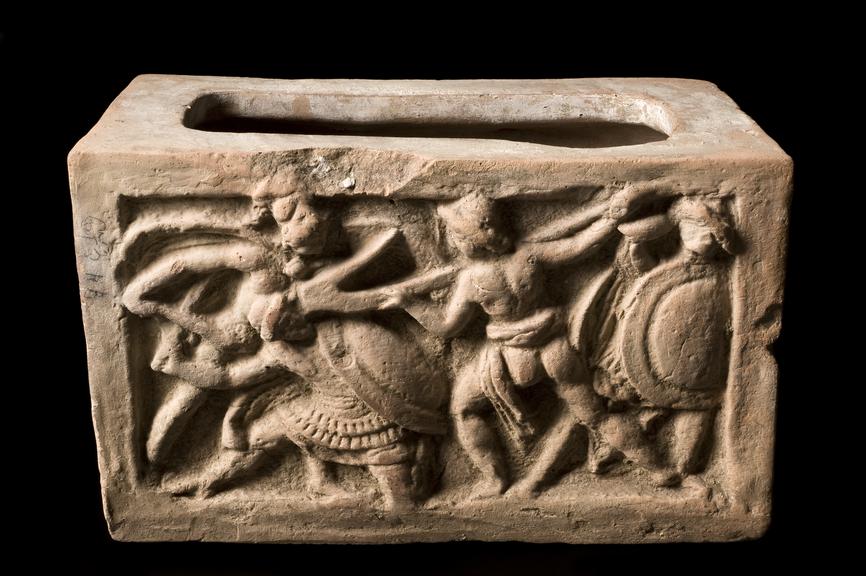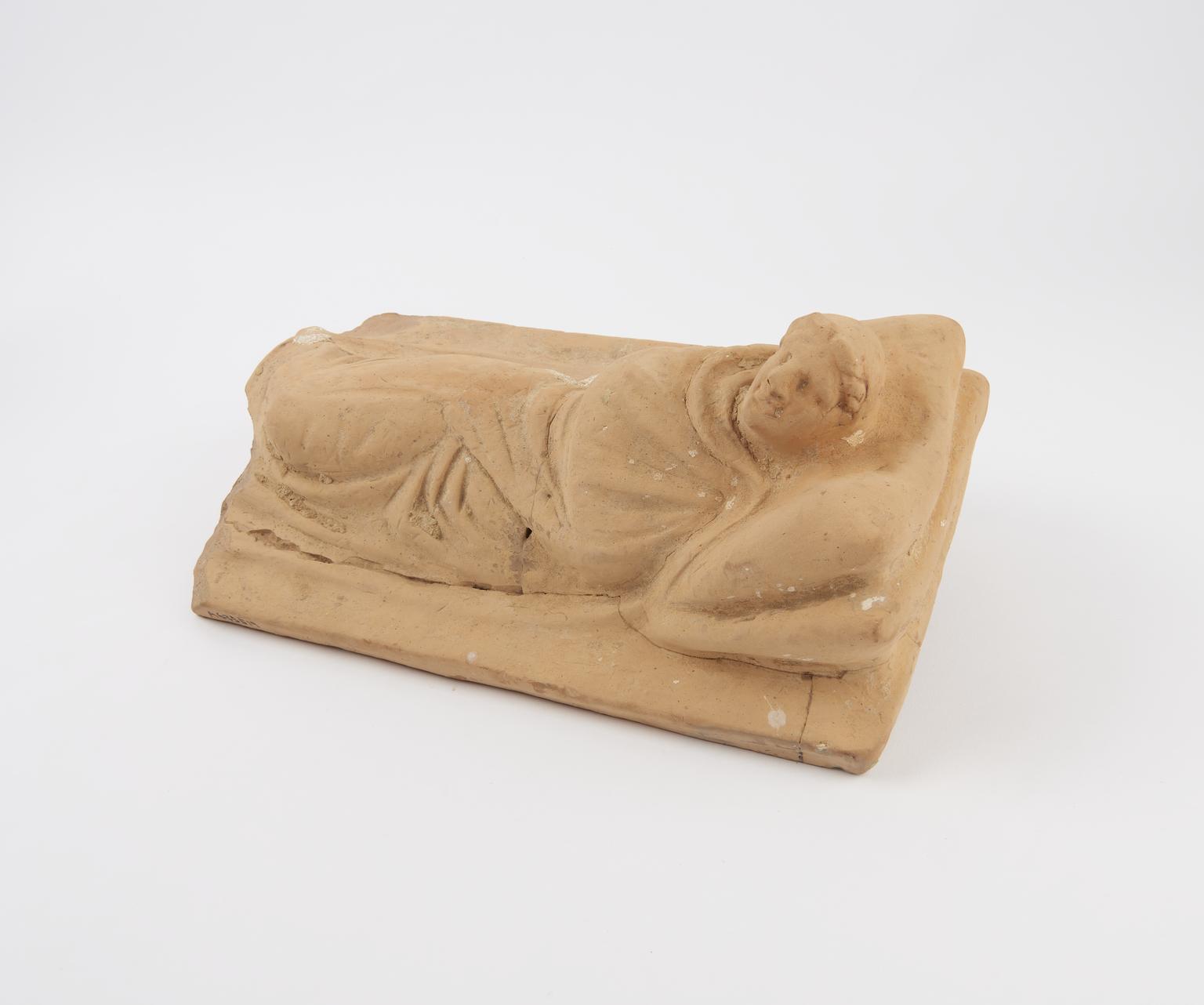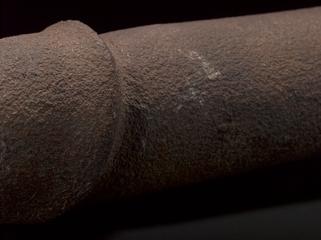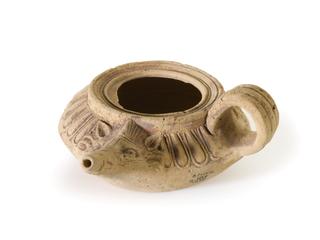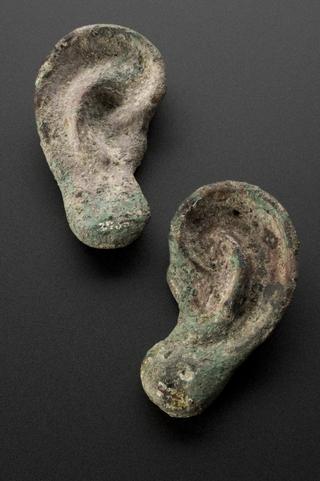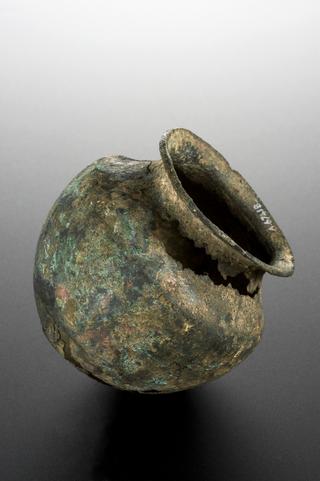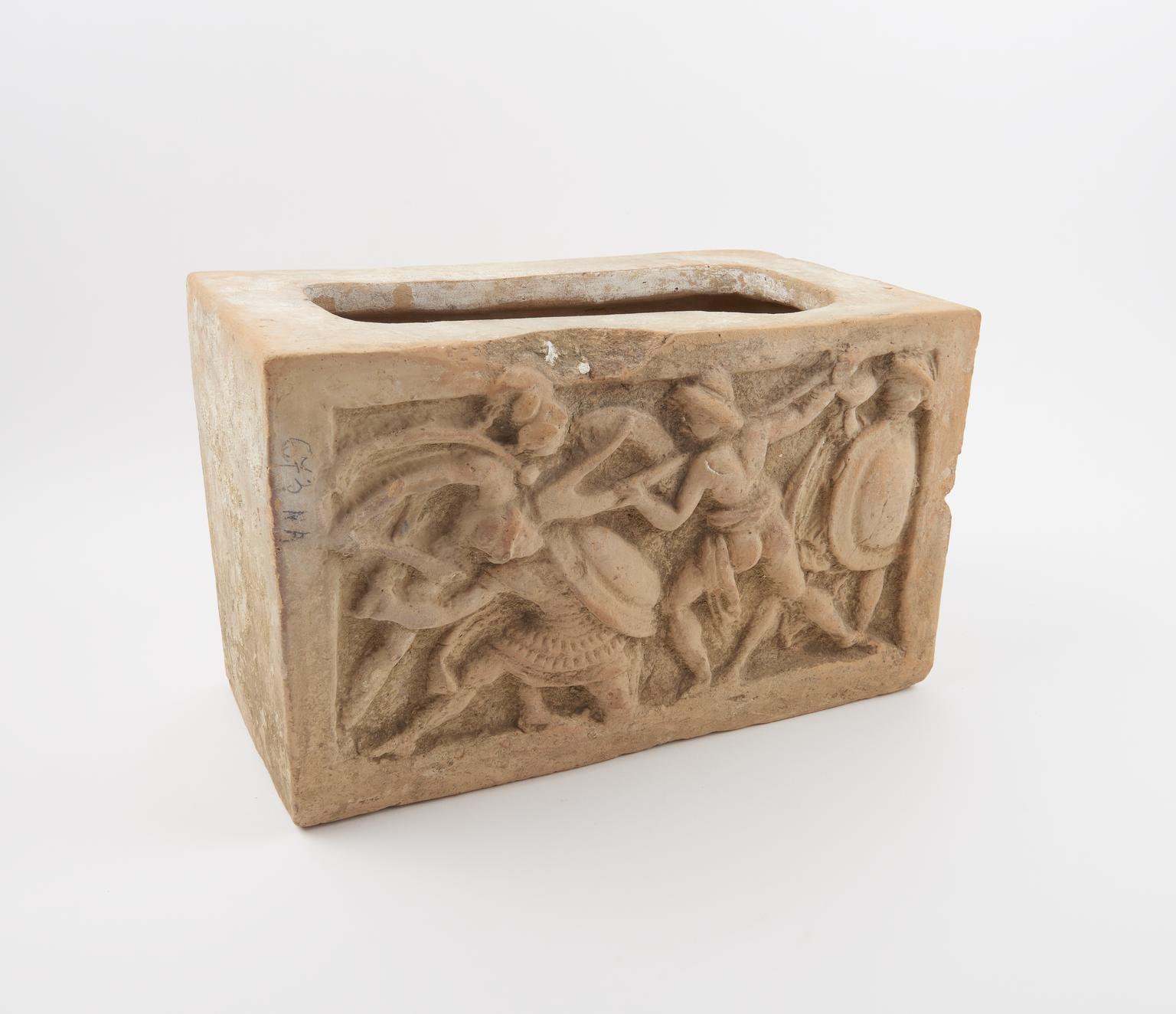
Cinerary urn, Europe, 500-100 BCE
Cinerary urn, rectangular, terracotta, decorated, unsigned, probably Etruscan, Italy, 500-100BCE.
- Measurements:
-
overall: 213 mm x 340 mm x 190 mm,
- Materials:
- terracotta (baked clay)
- Object Number:
- A635519/1
- type:
- cinerary urn
- Image ©
- The Board of Trustees of the Science Museum
